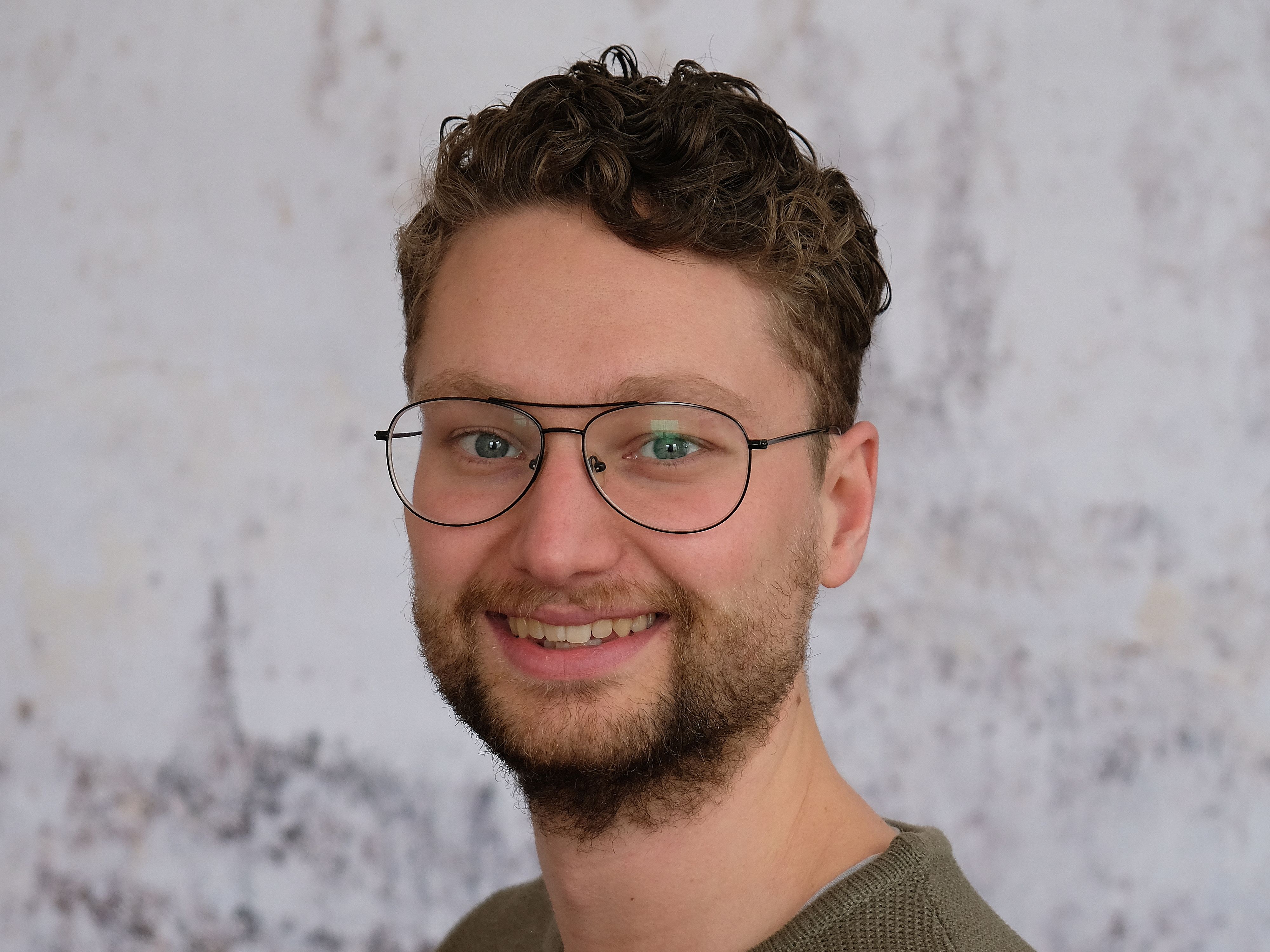Salience: Untangling a complex linguistic concept
| Date: | 30 August 2019 |

Vincent Boswijk discovered that there are many different definitions of the concept of ‘salience’ during the research placement which was part of his Master’s degree programme in Multilingualism. You could say that ‘salience’ means ‘prominence’, but that doesn’t quite cover all its nuances. Now a PhD student, Boswijk is researching whether there is something fundamental to all the different definitions of salience which could be used to unify them.
‘I was always fascinated by Sweden when I was younger, which is why I registered for the Bachelor’s degree programme in Scandinavian Languages. Back then, the focus was on learning Swedish, Norwegian and Danish and of course, we studied literature too. During my studies I started looking at sociolinguistics, and became really interested in the field. The logical next step was a Master’s degree in Multilingualism, which brought me to Leeuwarden. While I was completing my final placement and writing up my thesis, I found out about the call for applications for my current PhD position, and decided to apply’, says Boswijk.
Linguist Vincent Boswijk started by collating the various definitions of salience. In order to set a manageable scope for his research, he chose six, and set to work with an eye tracker study based on these definitions. Participants in the study were presented with manipulated sentences, while Boswijk recorded the dilation of their pupils. ‘Your pupils change size when you’re trying to remember something, for example, or when something grabs your attention. Pupil dilation is related to the cognitive load of the task; the effort it takes to process something. With some of our manipulated sentences, we saw that participants’ pupils did indeed dilate.’ Clearly, some kind of process was taking place – but what process, exactly? Boswijk is going to conduct further research using an electroencephalogram (EEG) to answer that question.
Cognition can be measured in numerous different ways. An EEG allows researchers to measure brain activity in participants when they complete particular tasks. This makes it possible to see at which moment certain processes take place in the brain, even down to the millisecond. Using an EEG can therefore tell us much more about the processes involved in language processing than pupil size. Boswijk’s next study will focus specifically on speakers of Frisian and is intended to show whether multilingualism has an effect on brain activity in relation to the definitions of salience and if so, what this effect is.
‘The difficulty with my research is that it’s very theoretical and abstract. People often ask me how it is relevant. For me, as a linguist, its relevance is very clear but I can imagine that at first, my research results could seem less relevant to the general public. At the very basis of my research is a theoretical framework which at times seems to contradict itself. I hope that my research will contribute to the development of a clear and accurate framework that will explain why some language variations are preferred over others, and why language changes in the particular direction that it does.’
Salience explained
‘Salience’ relates, among other concepts, to ‘prominence’. It can be difficult to visualize this. Vincent uses the following example: imagine nine grey dots in a square, all the same size, the same colour and the same distance apart. What do you notice? Probably nothing. But if one of the nine dots is red, that will grab your attention. That phenomenon is well documented, but it exists in language too – except it is not a visual phenomenon in that case. Instead, it relates to tones, words or a series of sounds in which certain parts can be more prominent than others. It is thought that this prominence of different parts plays an important role in how our brains process things.
Biography
Vincent Boswijk (25) started work on his PhD project, titled Untangling Linguistic Salience, at the University of Groningen/Campus Fryslân on 1 October 2017. Before that, he gained an MA in Multilingualism and a BA in Scandinavian Languages and Cultures (now part of the European Languages and Cultures degree programme), both from the University of Groningen.
Wanted: participants!
It is increasingly common to speak multiple languages. This can be useful in daily life or on holiday, but how are these different languages organized in our brains? We are trying to find the answer to this and other questions with a study titled ‘How bilingual people process words’.
If you are:
– A speaker of Frisian (native or non-native)
– Right-handed
– Between 18 and 50 years old
Then you can help!
What: During a test lasting roughly 2 hours, we will use an EEG to measure your brain activity while completing a number of linguistic tasks.
Where: The tests will be conducted at the Cognitive Neuroscience Centre in Groningen.
When: September and October 2019.
For more information, please email v.h.boswijk@rug.nl.

